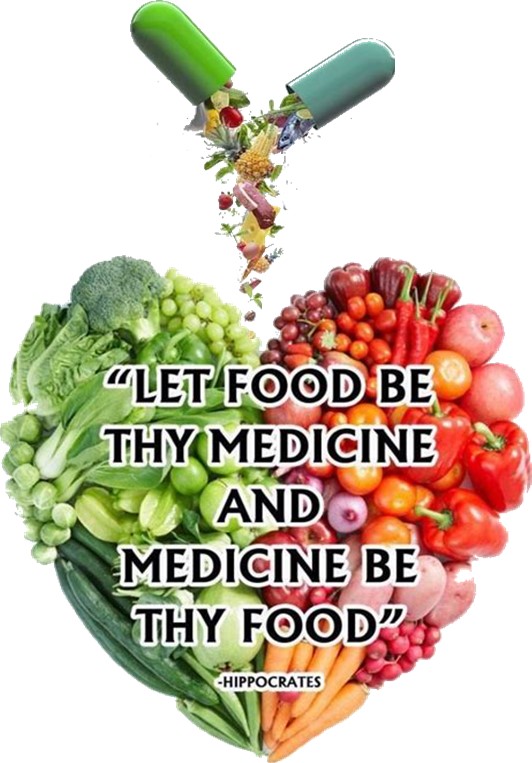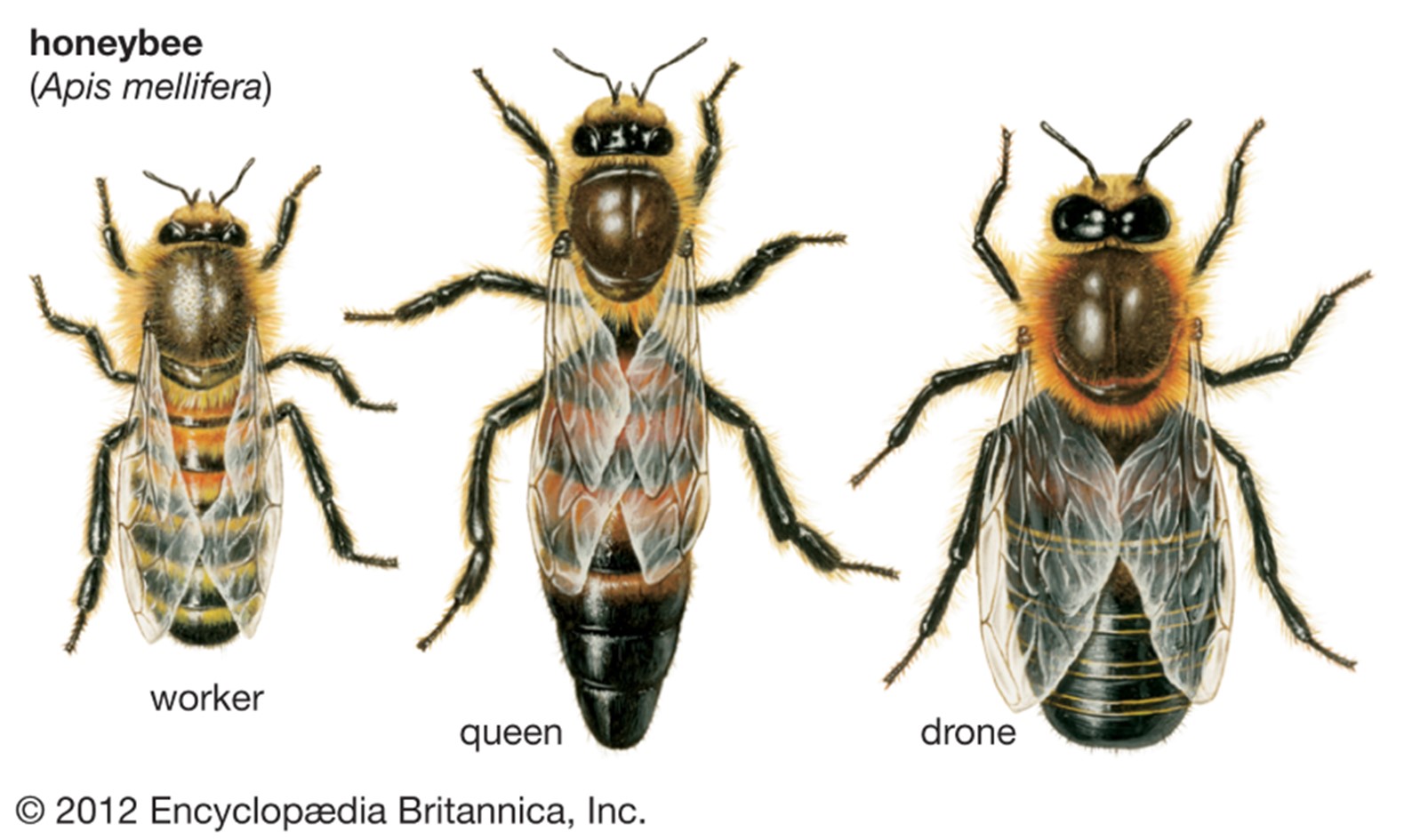VITAE ESSENTIA
The Essence of Life
Nutrition and Anatomy and Physiology

We are literally what we eat. From the moment of conception and through every part of our life, each and every part of our body is constructed from our food intake and its absorption. This has a profound impact on our health. Unfortunately many have forget this essential fact. Fortunately research continues to show the importance of our nutritional choices in supporting our well being.
No clearer an example can be shown of the impact of nutrition on anatomy and physiology than that of the honey bees. (Apis mellifera). In a hive there are three types of honey bee, a female worker, a male drone and a female queen. All female worker honeybees are sterile meaning they do not lay fertilized eggs. The queen bee when hatched will go on her mating flight within the first week, she mates many times with many drone bees from other hives. The queen stores the semen from her mating inside her body and uses this to fertilise eggs for the remainder of her time as a laying queen.
Worker bee eggs are laid by a mated and fertile queen bee. The male drone honeybee is produced from unfertilized eggs, which a mated fertile queen can lay, the queen can choose not to fertilise the egg. An unfertile worker bee can also lay unfertilized eggs producing drone bees. The only way to tell whether a queen or worker has laid the egg is by looking at the egg in the cell after it has been laid. A queen tends to lay the eggs in the middle and the bottom of the cell, as she has an abdomen that reaches to the cell floor. A worker bee has a much short abdomen and usually lays several eggs that are often half way down and stuck to the side of the cell.
All bees, as larvae are fed royal jelly, this is a highly nutritious food. Royal jelly’s compositions includes proteins (8 essential amino acids), carbohydrates - monosaccharides sugars (fructose and glucose), fatty acids, minerals, vitamins B complex notable B5 and B6 and C. It also contains the only natural source of acetylcholine, a neurotransmitter. Workers and drones are then fed royal jelly for approximately 3 days then they are fed bee bread, a mixture of pollen and honey. The queen is produced from the same egg as a worker, however the queen larvae are feed entirely on royal jelly. The worker bee and queen bee can literally have indistinguishable DNA. The food that is fed to the bees acts as an epigenetic switch, determining which part of the bees genetic code is read and as a result how the bee grows and develops. The amount of royal jelly fed to the bee determines whether it become a fertile queen who can live up to 5 years or a sterile worker with a life of 6 weeks.





